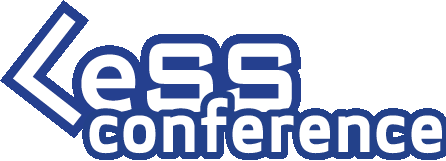LeSS & DEI: What Happens When We Stop Looking?
In a world where many organisations are stepping away from DEI (Diversity, Equity & Inclusion) policies, LeSS practitioners might feel less concerned. After all, LeSS’ design—self-managing feature teams, a focus on respect and transparency, and whole-system thinking—seems to naturally create more inclusive, equitable workplaces. But does it really? Does removing hierarchies automatically remove bias? Does team self-selection always lead to diverse, high-performing groups? Or do informal power structures, unspoken hierarchies, and cultural dynamics still shape who thrives in LeSS organisations and communities?
In this session, we’ll challenge the comforting assumption that LeSS "just works" for DEI and explore:
• How LeSS is a gift to enables diversity, equity, and inclusion (when done right)
• Where LeSS falls short—unintentional exclusion, psychological safety risks and unspoken hierarchies
• Potential strategies to help us check our LeSS-specific blind spots.
This talk isn’t about calling LeSS out—it’s about calling LeSS in to a deeper, more honest conversation. Because if we want to improve organisations, we have to question even the things we love.
As companies roll back formal DEI policies, can we be sure that LeSS will hold the line?
When we stop looking, what do we stop seeing? Let’s find out.




